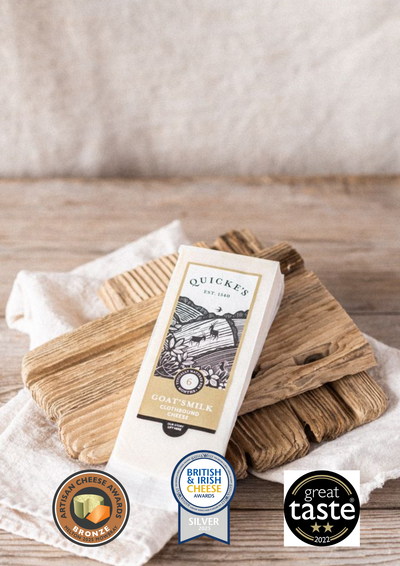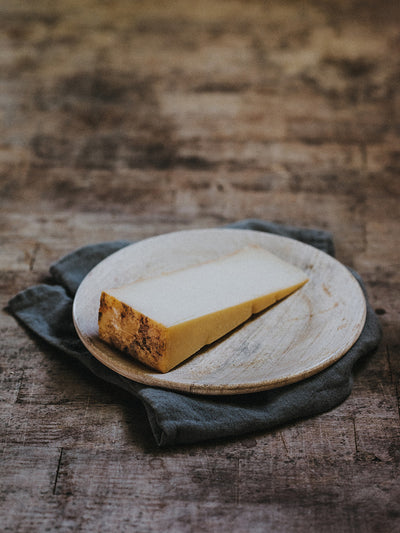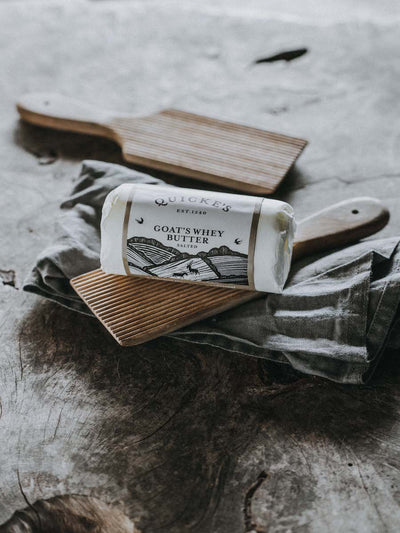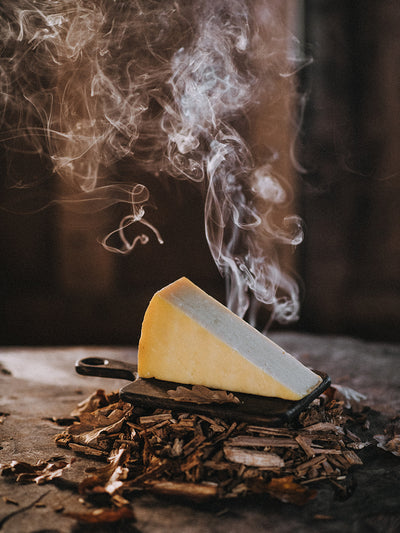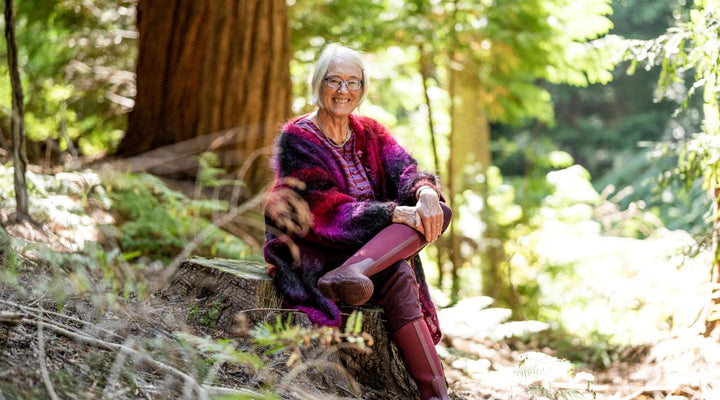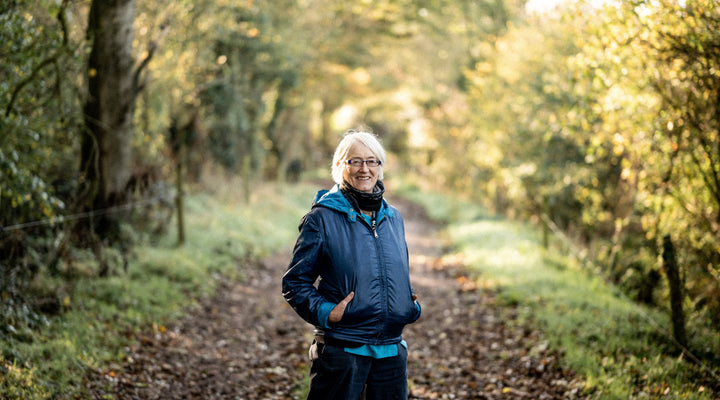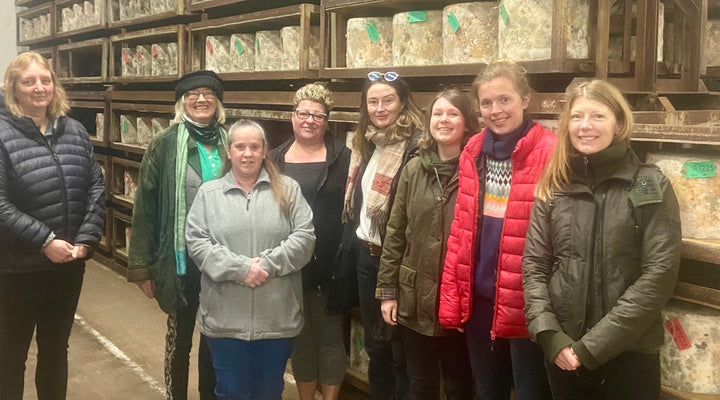The bedrock of our land is the shale, mud laid down in the Permian, and compressed into soft thin slabs. On top of that is the New Red Sandstone, laid down a foot at a time from dramatic rainstorms that eroded the mountainous desert centre of the supercontinent Pangaea 350 million years ago.
The shale weathers to various Culm Measure clays. On flat ground, the water sits and weathers it to heavy, unwieldy Tedburn Series, best as permanent grassland. On shallow slopes, the clay retains some texture and gives drainage to the soil, the easier but sloping Halstow Series. You can crop this land. The steepest slopes, where the water runs off, gives the best soil on the almost unfarmable slopes of the Dunsford Series, given over mostly to trees. The striking red soils of the New Red Sandstone are Crediton Series, classified as a clay with stone. It’s fertile with steep slopes. It grows good crops and drains well in the wet. Our autumn cows graze the Uton Series, the metre-thick alluvial mix of the two main soils. The mix is rich, fertile and grows as much grass as anywhere in the country.
The mix is rich, fertile and grows as much grass as anywhere in the country.
SOIL STRUCTURE
By grass-grazing our cows, we take an awful lot of carbon dioxide out of the air and put it back in the ground as organic matter, where it will make the soil richer and more productive.
But our interest in soil doesn't stop there. Our no-till cultivation method aims to restore and build soil organic matter, which is essential to soil fertility. We drill the new crop seed straight into the ground, over the old stubble, rather than ploughing the fields first. It’ll be interesting to see if, as we hope, the soil develops its own structure with the earthworms undisturbed, kings of their underground kingdom. Traditional farming might fear that without ploughing the soils will lose the essential air and water pockets.
Over the years we have added more deep-rooted plants, salad burnet, chicory, sainfoin and others, to bring minerals up from deep in the soil, to help soil structure, and to keep growing in a drought.
We’ll watch and learn. So far, the crops look lovely and orderly, a reset after the droughted harvest of this year, all promise and expectation.

SOIL & CHEESE
Milk is such a complex thing and it can go down thousands of different pathways, depending on countless factors. The complexity of the soil, breeding, the grass. We manage the herd carefully, never pushing them above their breeding limits and ensuring they enjoy a long and happy life in our fields. And it's the flavour of the fields that you taste when you bite into our clothbound cheddar. The flavours are unique to our land, and so it's vitally important that we keep looking after that land, right down to the soil.
We have been making clothbound cheese for forty-five years, using our years of experience and skills to distinguish the flavour profiles of our cheese, always aiming to capture the best expression of the grass, soil and seasons.

